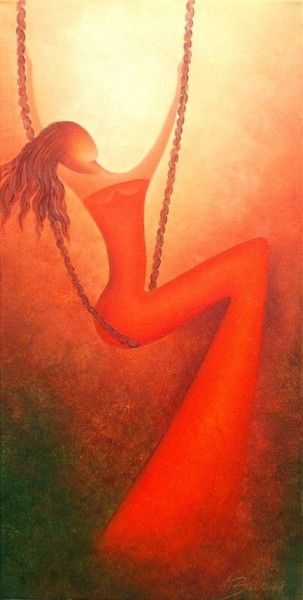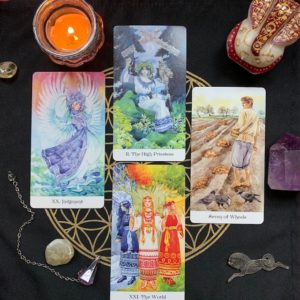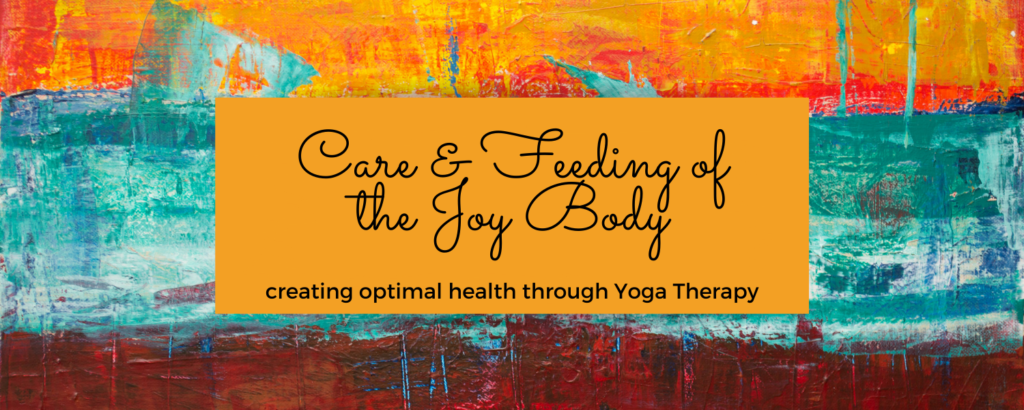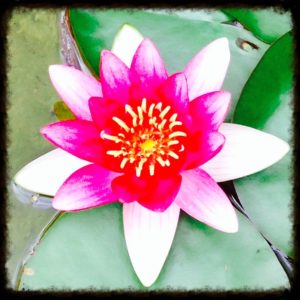Thank you for your loving presence and un-dimmable radiance! Whatever happens in life, let’s remember the light within us. It is what animates every aspect of ourselves. It is this potency that knits us together in our mothers’ wombs, heals a cut or a broken bone, and can also heal a broken heart in a way that leaves it bigger than before.
Well, it was finally my turn to get knocked out by the Covid virus. I picked it up at the end of August (2023), and am still experiencing lingering fatigue at the time of writing this. What a ride it’s been.
I’d like to share a little bit about my journey, with a caveat. I believe that everyone will experience Covid and their healing in their own unique way. I am not an expert on this subject; rather this is my first-person account and it is a work in progress. At the same time I hope that something in my story might be helpful for you.
It’s likely that I contracted the virus at a Somatics weekend immersion program I attended at the end of August. The program was amazing: the attendees, the topics, the teacher. Would I have skipped this experience so as not to have had Covid? No way!!!!! However, of the thirteen people who attended, only three of us got sick. That makes me very curious about why some people contract the virus when exposed, but other do not…. But that is a topic for another time.
For me it started with a headache, a slightly scratchy throat and some aching muscles and joints. That evening I rested negative, but the next morning everything was worse and the test was positive.
I left for the cottage as planned, and it’s a good thing I left early. If I had waited any longer I wouldn’t have had the energy to manage the drive.
It was fascinating (and more than a little horrifying) to witness the chaos that began to erupt in my thoughts. What did I do to deserve this? Why me and not all the others? What did I do wrong? Who gave it to me?
This mental mayhem was very compelling and it was overwhelming. I was mired in blame, judgement and shame. Luckily wisdom eventually glimmered through, and I remembered that these were only thought forms masquerading as reality. Although they appeared to be solid, they were both taking me on a wild goose chase and robbing me of precious energy. And that energy was vital for my healing, not for fortifying my illness.
Once settled at my destination, my fever spiked. I began to question the wisdom of my decision to be in a secluded place, far from both neighbours and medical assistance…
And then I realized I had no choice other than to surrender. I had to surrender to what was happening, to where I was, and to what I knew. I was in a quiet forest, with fresh air and solitude. I had no energy to move, but I knew how to do yogic cooling breath. I lay down and practised. And kept going. After about one hour, I realized that I had fallen into a restful doze. My fever had come down, and my mind had become quiet.That’s when I knew everything would be okay.
That’s also when I stopped viewing Covid as an enemy, and began to welcome it as my teacher. By necessity, I had to trust that the medicine I needed was in me and around me. I relied on very gentle Yoga and Somatics. I could barely move my body, so I leaned in to the breathing and meditative practices of both. I listened to the recordings from the immersion I had attended, and they always brought me to a deep, still and silent place within. I knew I needed to conserve whatever energy I had and I needed to channel it in the direction of healing. Any worry or anxiety depleted me, but rest and peacefulness replenished me.
By necessity, I chose peace. I had to. And I chose it over and over and over again: in my mind, my body, my actions.
I started to embrace my forest surroundings as a sanatorium. I rested outdoors on a camping cot in the fresh air. I managed some short walks and praised the trees. I prepared simple healing meals. I hydrated. I cancelled many appointments. I rested. I counted my blessings. I appreciated all the little miracles that revealed themselves to support me; they reminded me that magic was always available if I stayed open to it..
I am writing this newsletter about four weeks in to my Covid experience. I was very, very sick for about three days. After that there was a little improvement every day and I was symptom free after about 2 weeks. The fatigue continues, although my energy levels get better every day. I continue to give myself permission to listen to my body. She wants to rest! A lot! And I want to remember the lessons that have blessed me.
You may wonder how it is that a “Yoga Therapist” is still healing, but that’s how it is. Sometimes we need to become the medicine we need ourselves. And perhaps in this way, we might also hold a lamp to encourage others on their own healing journeys.
I see Covid now as my beautiful teacher, and I continue to learn within this experience. It feels more valuable to lean in, than to fight or resist. Covid has appeared in my life not against me, but for me.
This process is still moving within me. I feel our world is in a time of quickening, and we are all being called to grow in ways we may never have imagined possible. Some call it “The Great Awakening”, and we know that paradigm shifts can unsettle us and bring discomfort before the transformation dawns.
Nonetheless, as each one of us touches in to our true nature, each one of us shines more brightly. And when we shine more brightly from our authenticity, we add more love and beauty into the frequency of the world. As we help ourselves in this way, we also help everyone and everything else.
Let’s do it!




